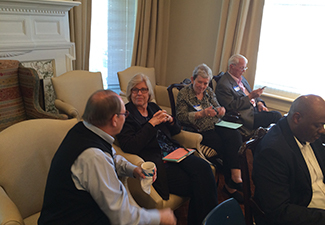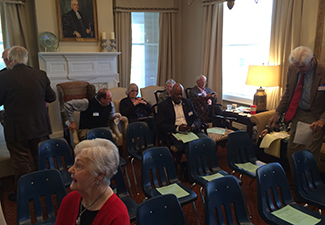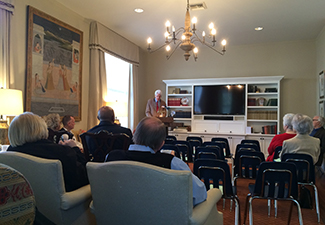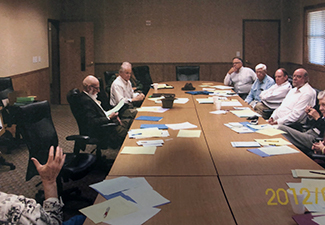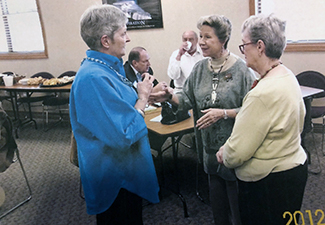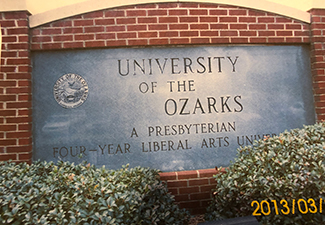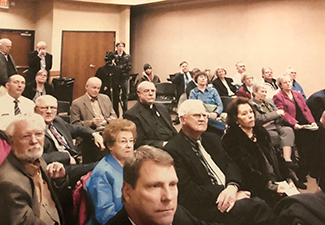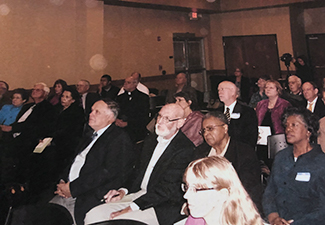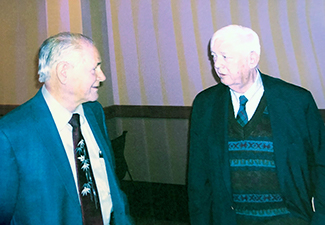Following a recent worship service one woman commented, “The person sitting next to meet said that she wishes we would sing more traditional hymns.” Within five minutes another woman observed, “The words to today’s hymns were wonderful!” And the debate over church music, in general, and choice of hymns, in particular, goes on. Whenever a new hymnbook is published, the embers of controversy over which hymns are included and which are excluded are stoked once again.
I grew up on “the old red Hymnbook (actually, it’s burgundy). It’s still one of my favorites as it includes many fine hymns which did not “make the cut” in subsequent hymnals. In a couple of generations we have had The Worshipbook, The Presbyterian Hymnal, and now Glory to God. I was stunned to read recently that “more hymns have been written in traditional forms in the past generation than in any other period in Protestant history, with the possible exception of the last several years of Charles Wesley’s life” (John D. Witvliet’s Preface to A More Profound Alleluia, edited by Leanne VanDyke, p. x).
Although the adjustment has taken time, I find myself liking “Glory to God” more and more. Not only does it include many more hymns (over 850 hymns with some old and some new), but many of the new hymns are also set to familiar tunes. In addition, the growing linguistic divers

